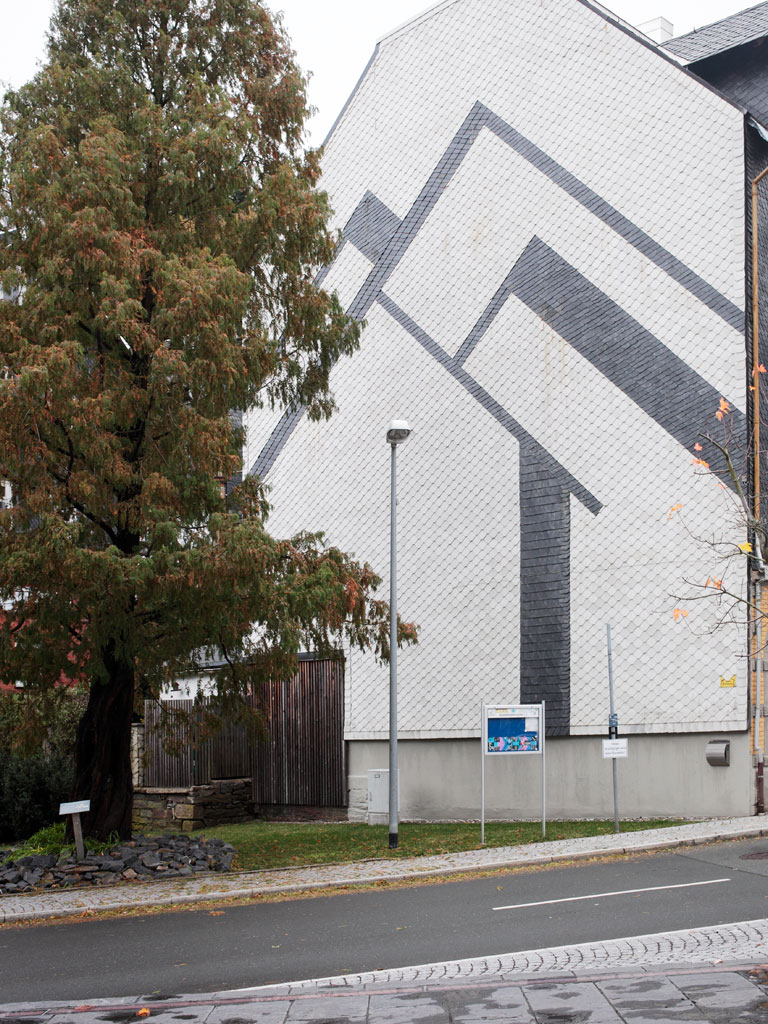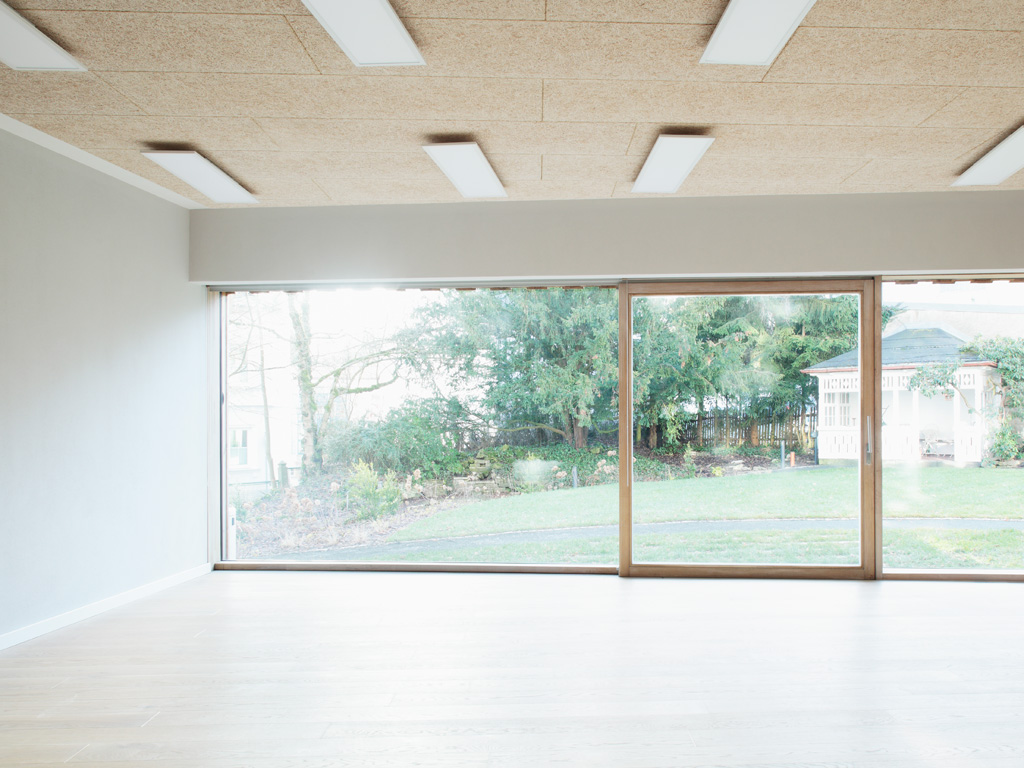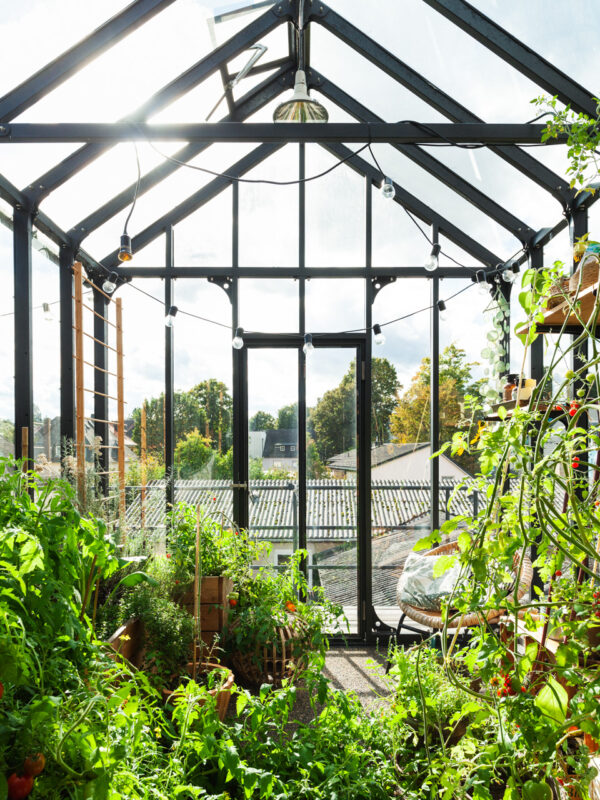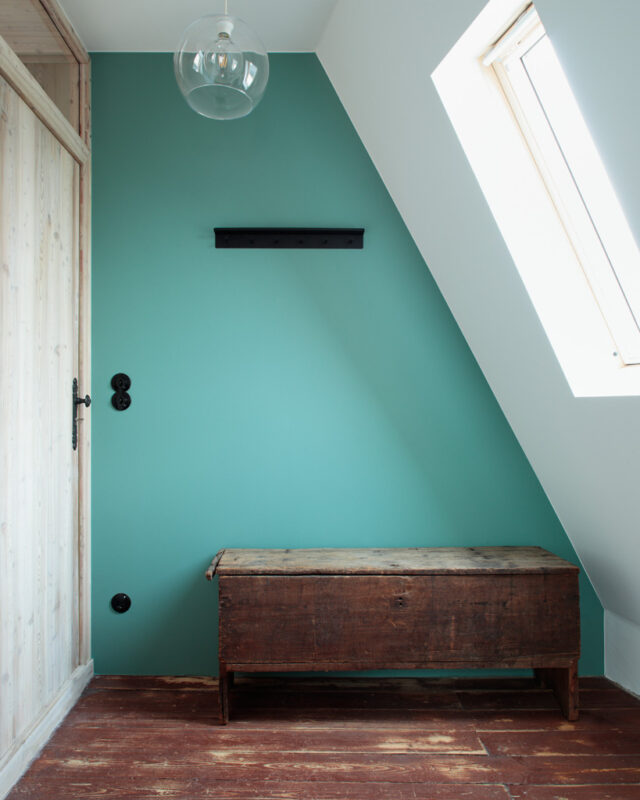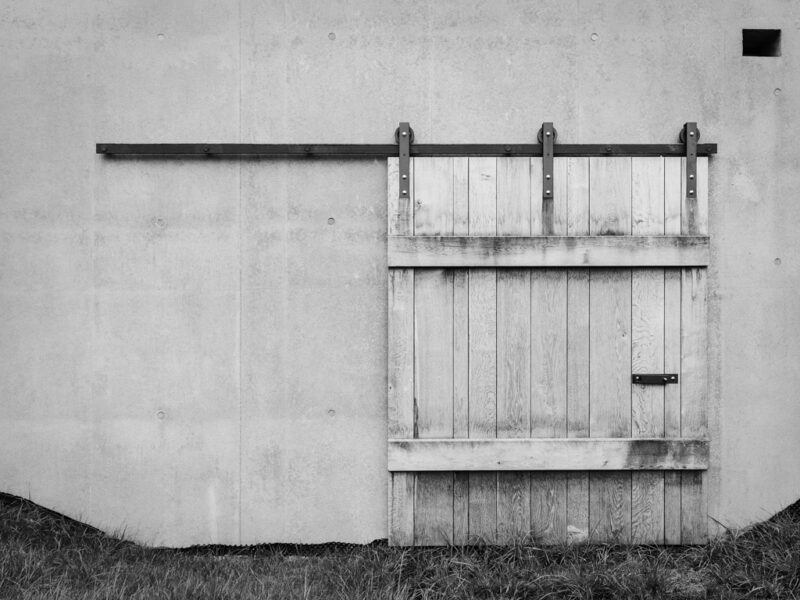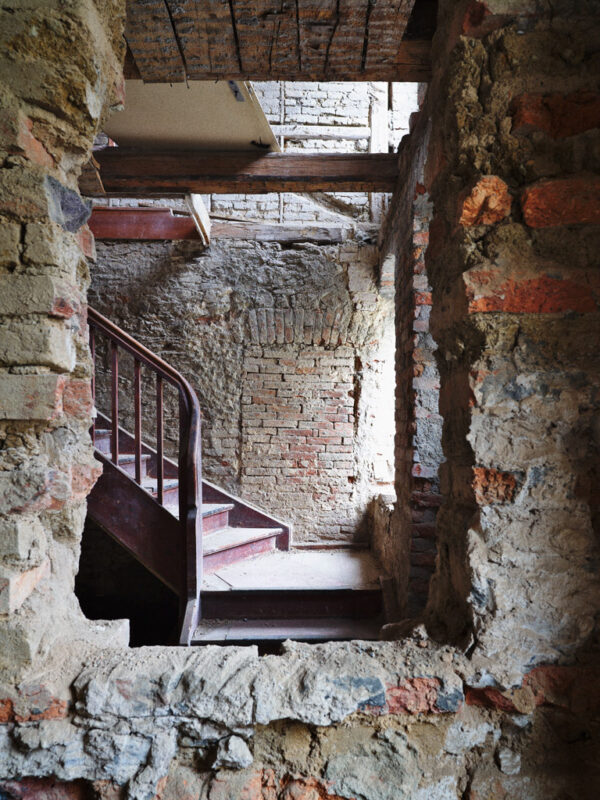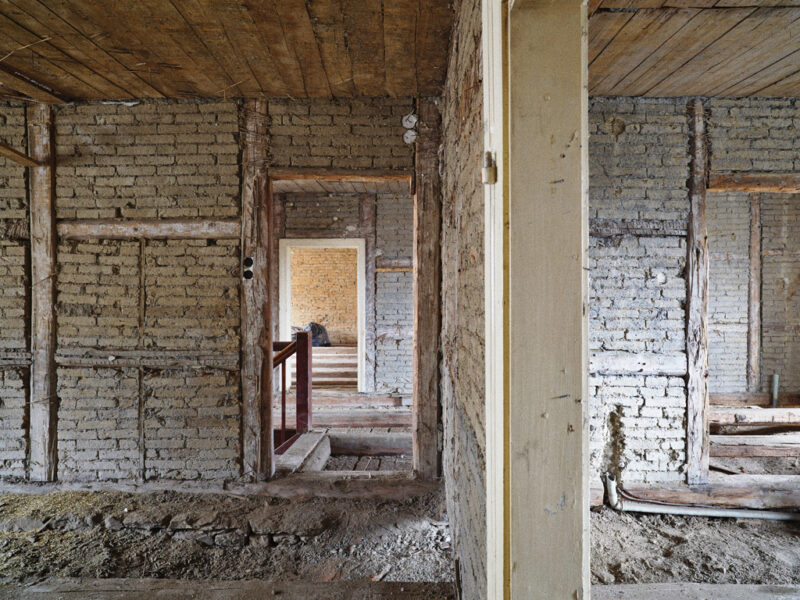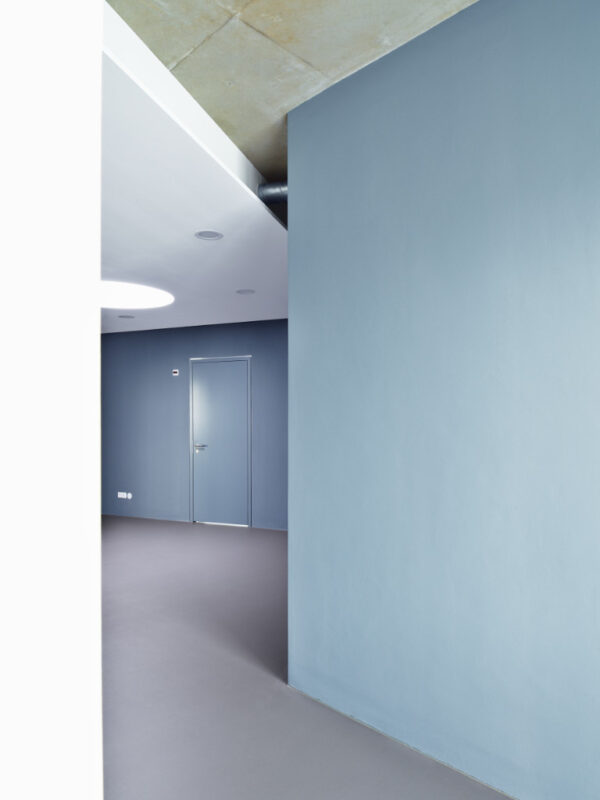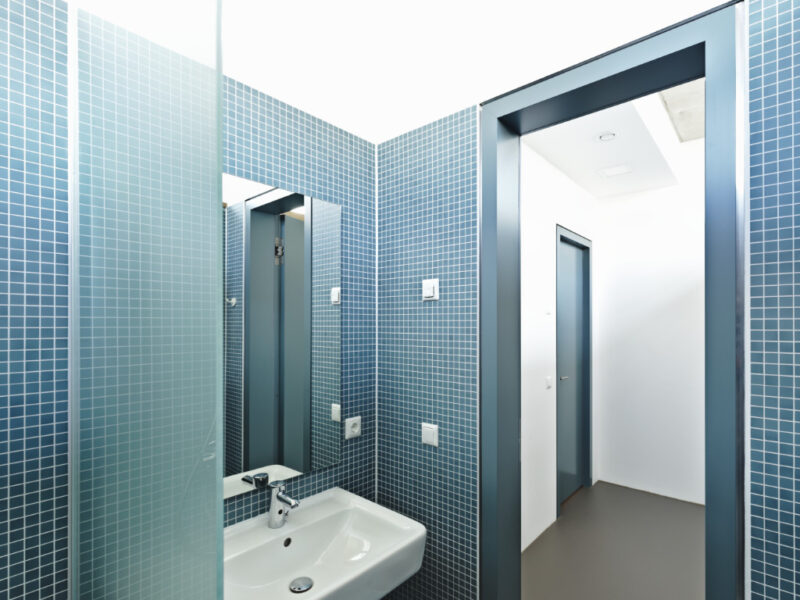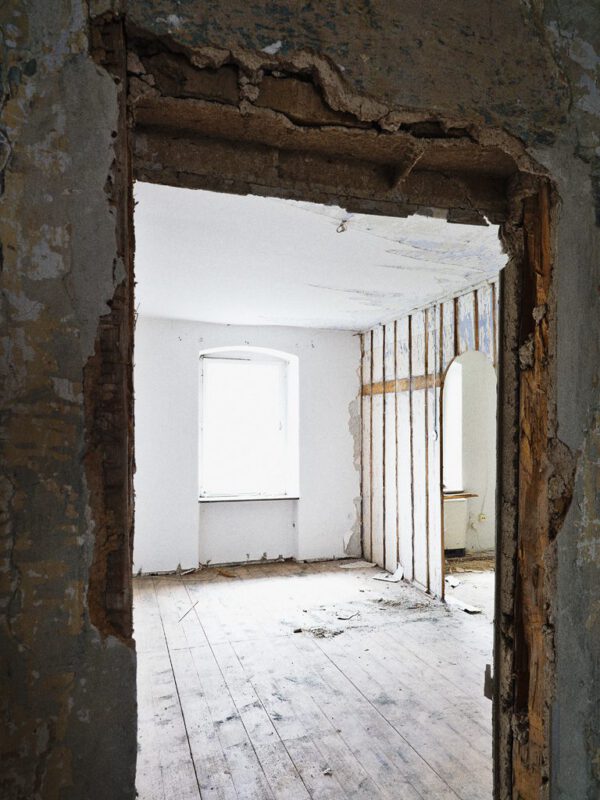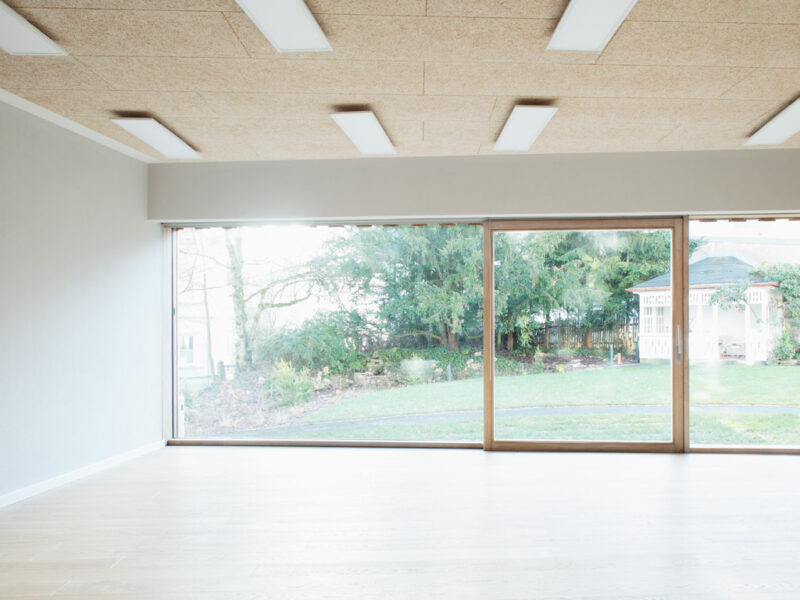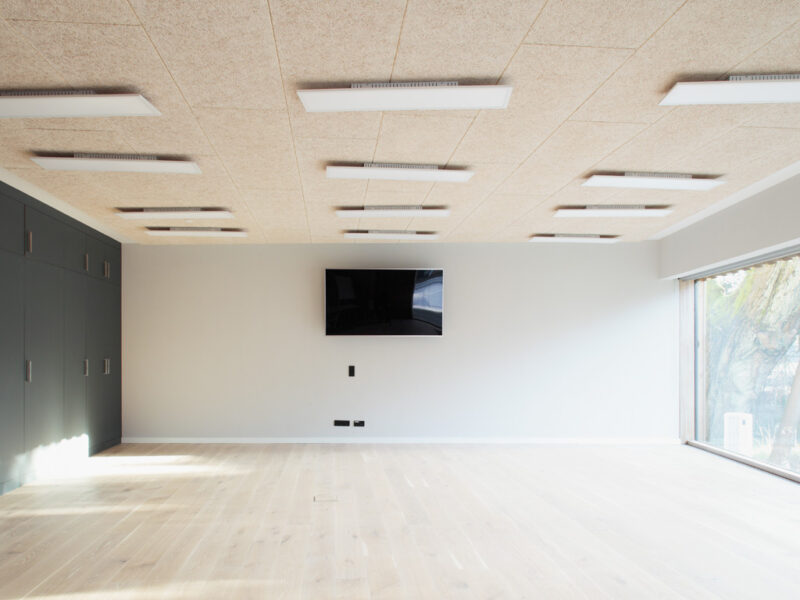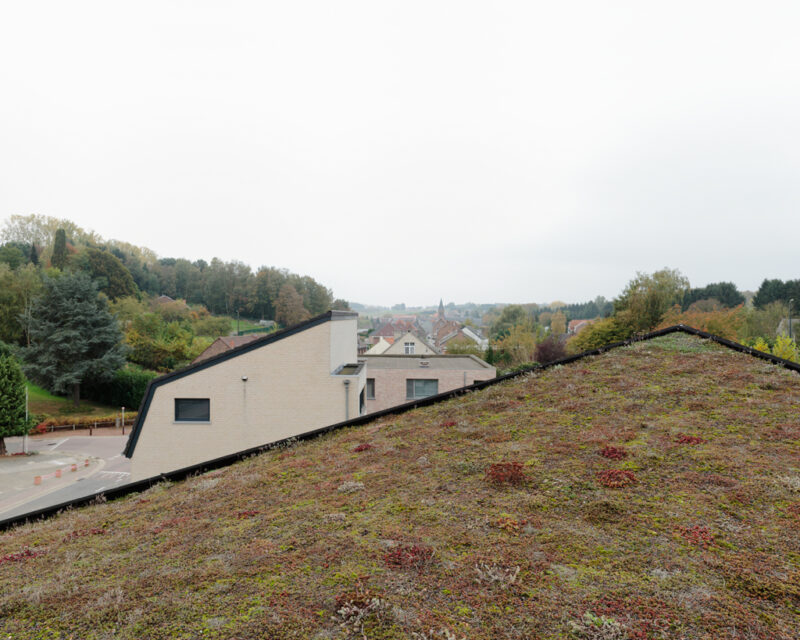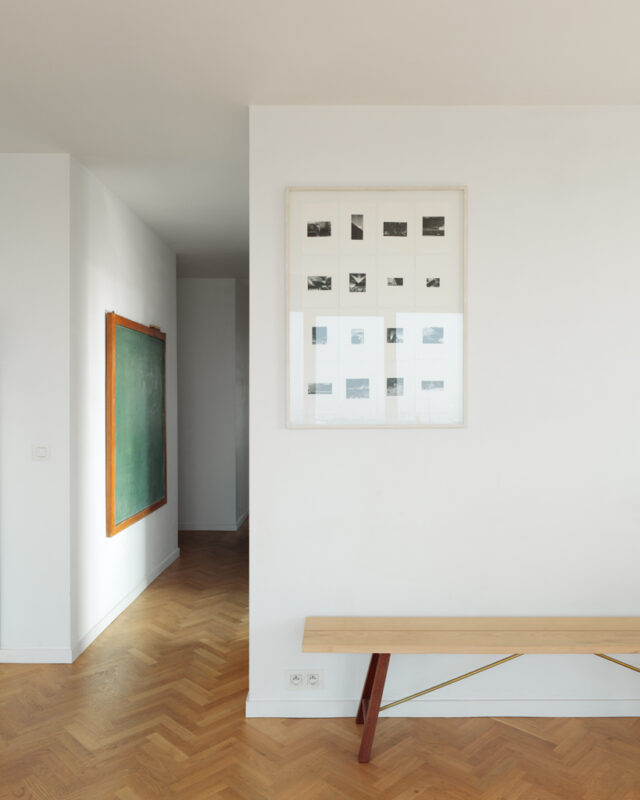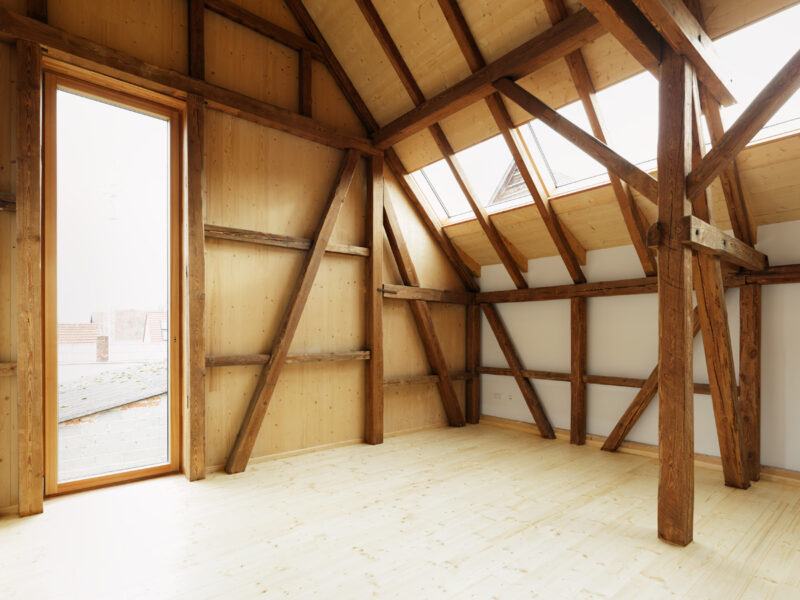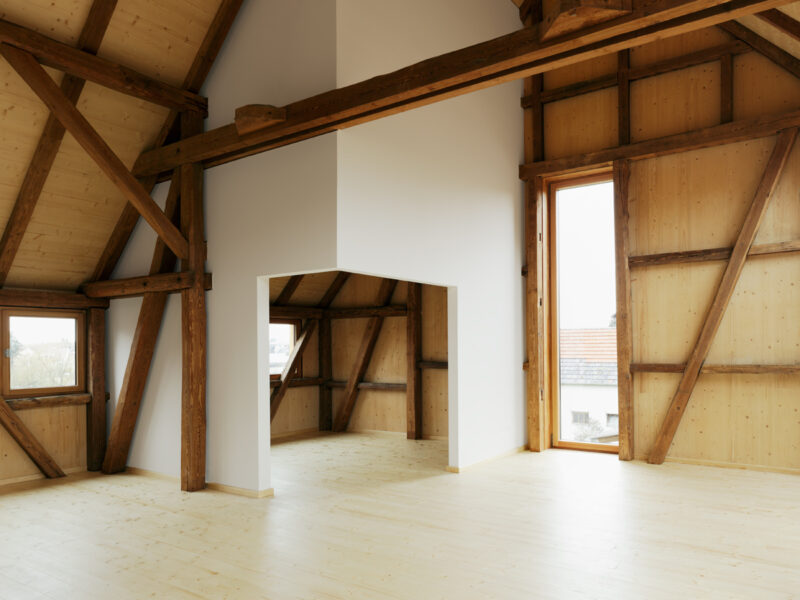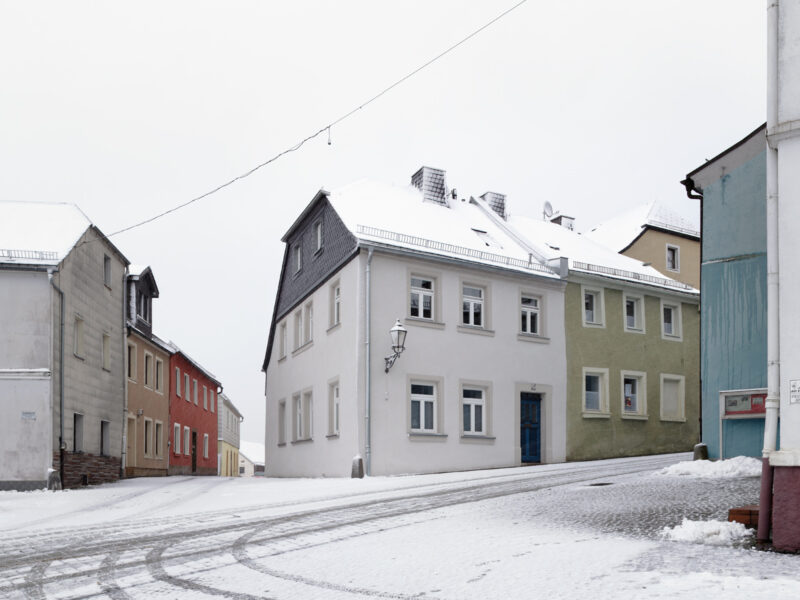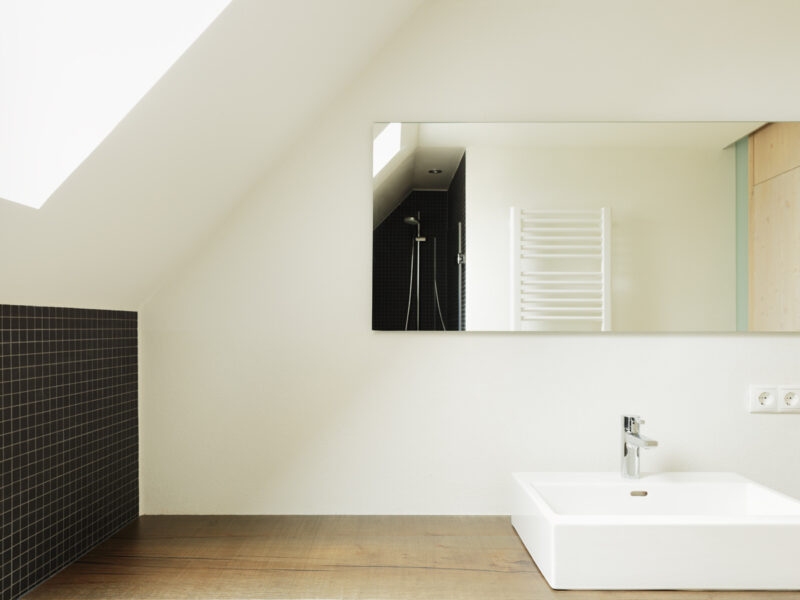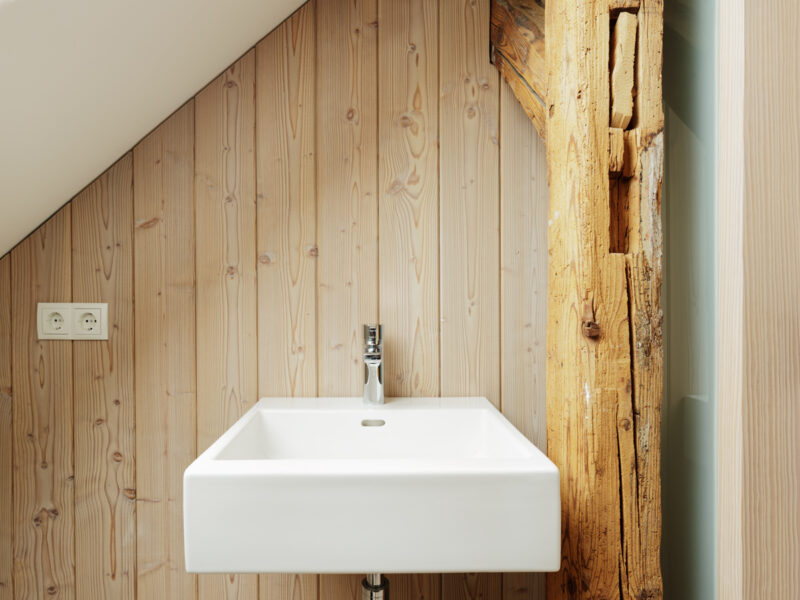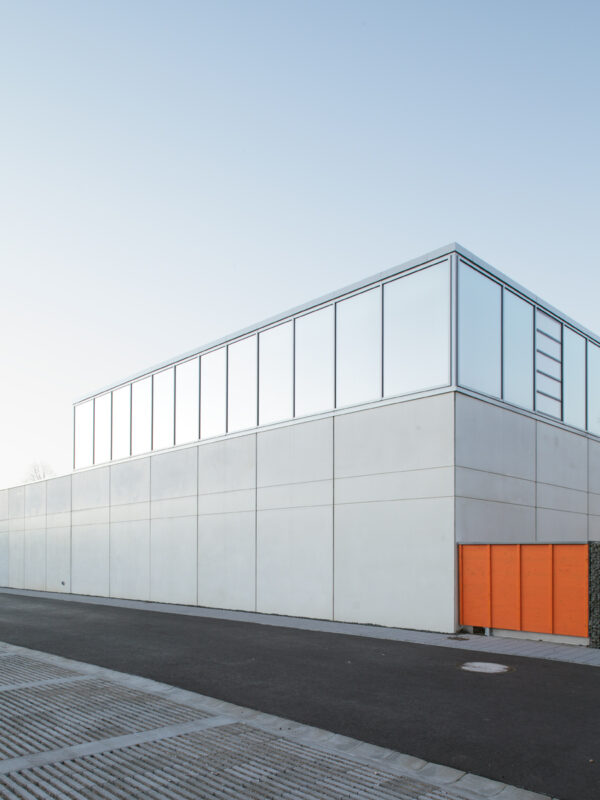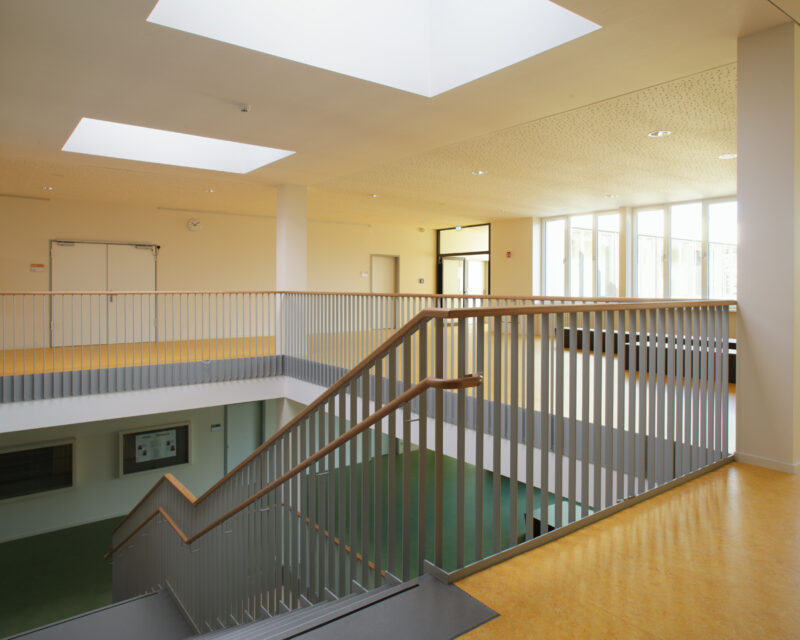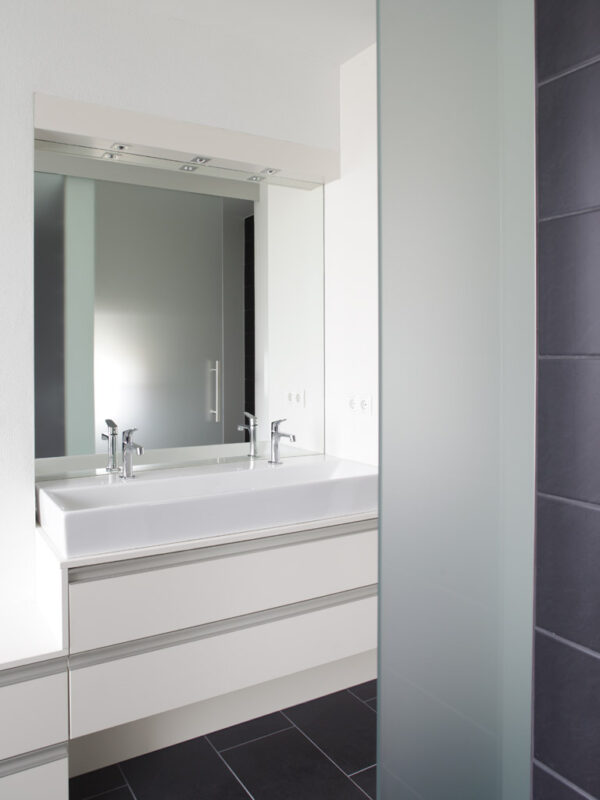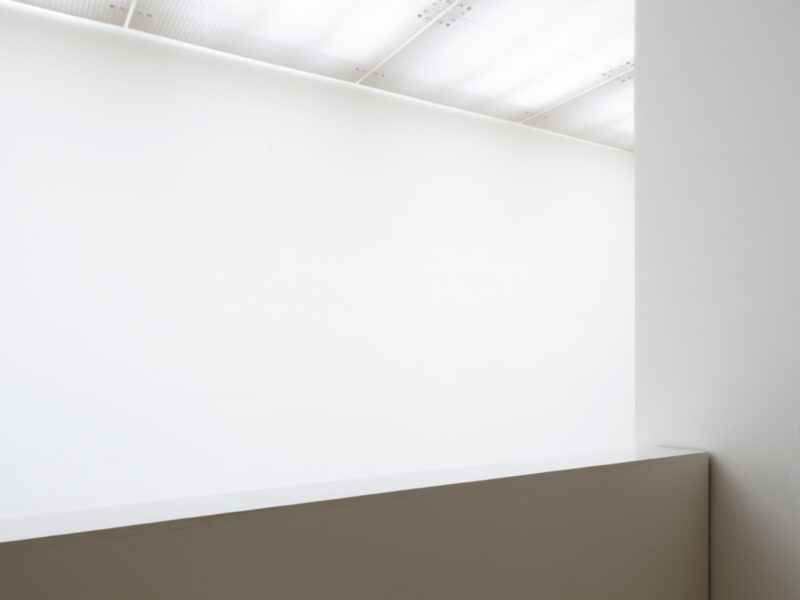Colloquium — The future of the decentralized
Stiftung Baukultur Thuringen initiates a series of colloquia under the header ‘Die Zukunft des Dezentralen / the future of the decentralized’.
‘How is life in a decentralized area? How do perspectives and innovations arise? Who are the actors and how do they live, live and work? The Baukultur Thuringia Foundation invites selected actors to two digital evening events as part of the exhibition Wohnschau Thuringia to report on their actions, their motivation and wealth of ideas. What is it that defines living in Thuringia, in particular, but also in other decentralized areas of Europe, what potential does it have and how can resilience, quality and innovations be developed?’ – Stiftung Baukultur Thüringen (website) / Google Translate
On Dezember 09, 2021 Robert Ilgen and I will be in an online conversation with Jessica Christoph and Stephan Jung.
Stiftung Baukultur Thüringen Studio is inviting you to a scheduled Zoom meeting.
Join Zoom Meeting https://us06web.zoom.us/j/85227191607?pwd=bHJ3NnFReGlXa0pPM0ZXRmZPWStKZz09
Meeting ID: 852 2719 1607 Passcode: 027337
Colloquium #1
Thursday, December 09, 2021, 6:00pm
5:45pm – opening of the chatroom
6:00pm – statements
Robert Ilgen, architect, TAKTAK, Schwallungen/Vilnius
Robert Schlotter, artist, photographer and treekeeper, Bielefeld/Albersdorf, Thüringen
moderation: Stephan Jung and Jessica Christoph
Stiftung Baukultur Thüringen
+49 3643.9009370
veranstaltungen@baukultur-thueringen.de
https://baukultur-thueringen.de/kolloquien2021-die-zukunft-des-dezentralen/
Loft with Greenhouse, Naila
Wohnschau Thüringen – perspectives of living in decentralized areas
Parts of my work ‘Meanwhile in …’ are on display in the exhibition ‘Wohnschau Thueringen’ arranged by Stiftung Baukultur Thüringen in the Neufert-Box / Weimar-Gelmeroda. The exhibition is running until December 17, 2021, but there is also a digital version available.
House G, Steinbach
Inventory II, Brauhausgasse Lichtenberg
Police Department, Selb
Inventory I, Brauhausgasse Lichtenberg
Villa Weiss, Helmbrechts — conference room
Private House, Duisburg / Belgium
Apartment Madou, Brussels / Belgium
Barn, Mitwitz
Private House, Lichtenberg
Sports Hall, Dresden-Mickten
primary school, Dresden-Mickten
Private House, Selb
Berg Doc, Berg Oberfranken
Youthclub Naila
Neuwerk 11, Halle (Saale)
Brauhaus Lichtenberg
Croatian Adria Hotels
During the Croatian War, Dubrovnik and the surrounding area were particularly affected by heavy fighting. The Battle of Dubrovnik began in October 1991 and lasted nine months. The targets of the attacks by the Yugoslav People’s Army were mostly civilians, as there were hardly any military installations in the region. As the region around Dubrovnik lives mainly from tourism, the destruction of many hotels and tourist facilities in and around Dubrovnik was a severe economic blow.
Tourism in southern Croatia has been revived, but many of the hotels are still lying idle and waiting to be repaired or demolished. In 2008, I photographed these idle hotels, where the traces of destruction could still be seen twenty years after the start of the Croatian War.










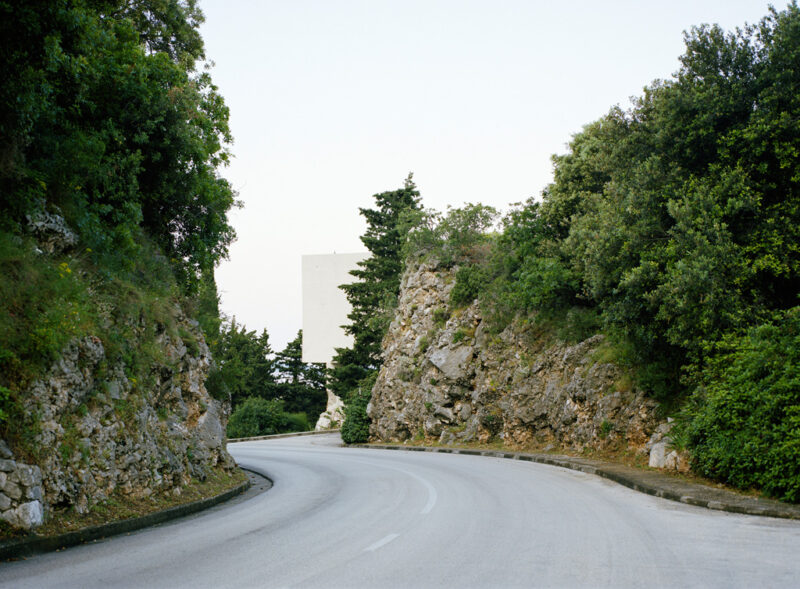

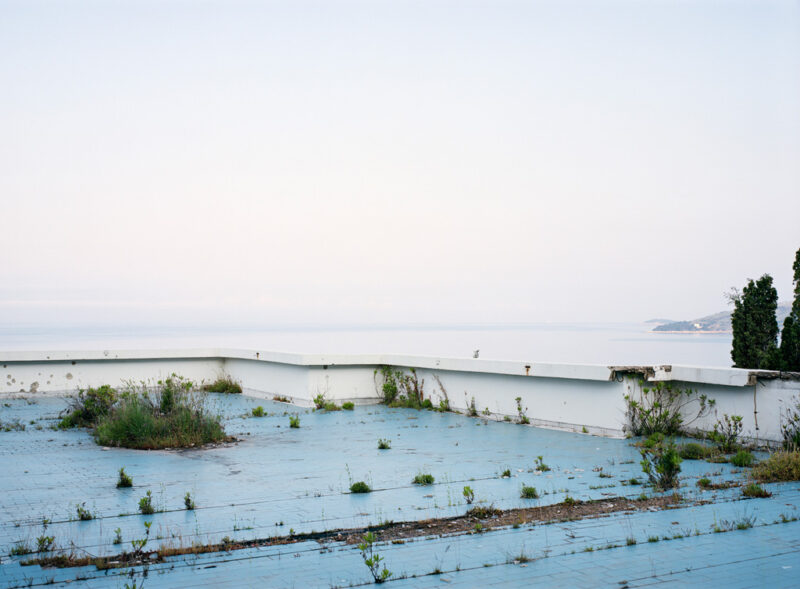



archival pigment prints on Canson Baryta Photographique,
39 x 47 cm, edition of 5 + 2 ap, signed and numbered




